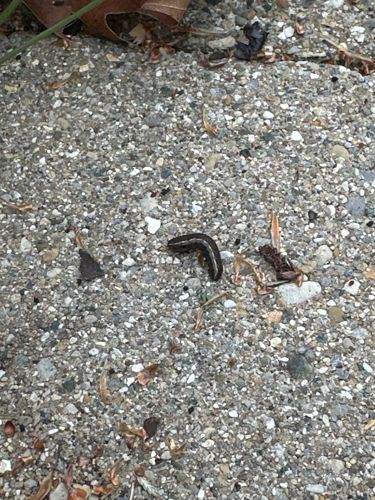Slug
Scientific Name: Various species within Gastropoda (subclass Heterobranchia)
Order & Family: Stylommatophora (Order) - numerous families, e.g., Arionidae, Limacidae
Size: Typically 1 cm to 15 cm (0.4 to 6 inches) in length, though some tropical species can be much larger.

Natural Habitat
Damp, cool environments; often found in gardens, forests, under logs, rocks, and leaf litter. They thrive in areas with high humidity.
Diet & Feeding
Omnivorous detritivores and herbivores. They primarily eat decaying organic matter (leaves, wood, fungi) but will also consume live plant material, fruits, vegetables, and occasionally small insects or other slugs.
Behavior Patterns
Nocturnal, most active during damp weather or at night to avoid desiccation. They move by secreting a layer of mucus and contracting a muscular foot. They are hermaphrodites, meaning each slug has both male and female reproductive organs, and can often self-fertilize or mate with another slug.
Risks & Benefits
Potential risks include being garden pests, damaging crops and ornamental plants. They can also carry parasites like rat lungworm (Angiostrongylus cantonensis), which can cause illness in humans if ingested uncooked. Benefits include their role as decomposers, breaking down organic matter and contributing to soil health. They also serve as a food source for some animals.
Identified on: 9/13/2025